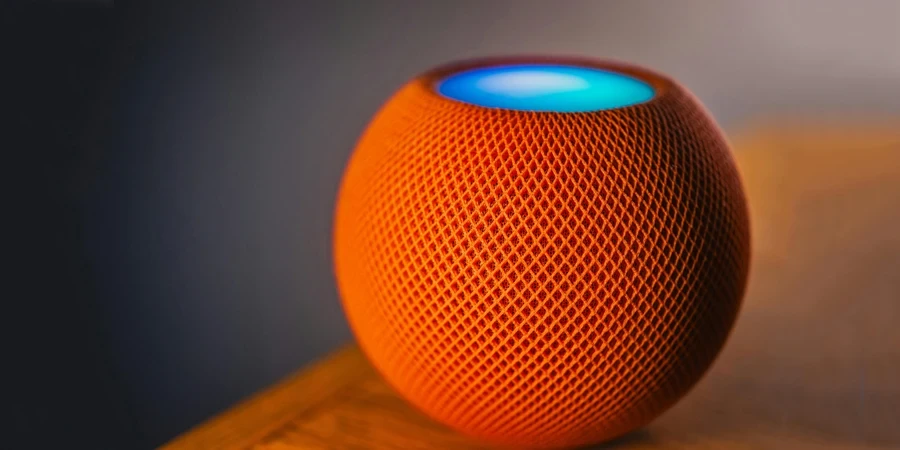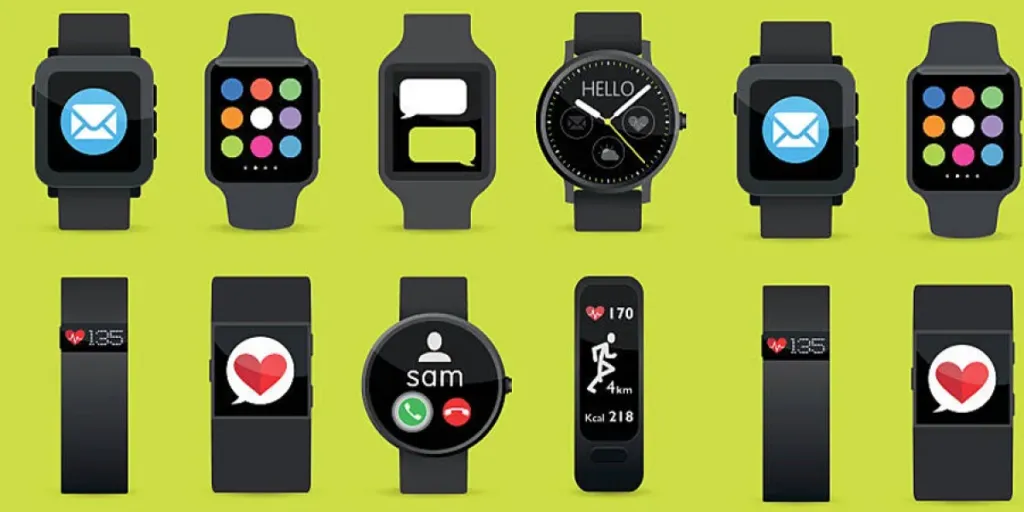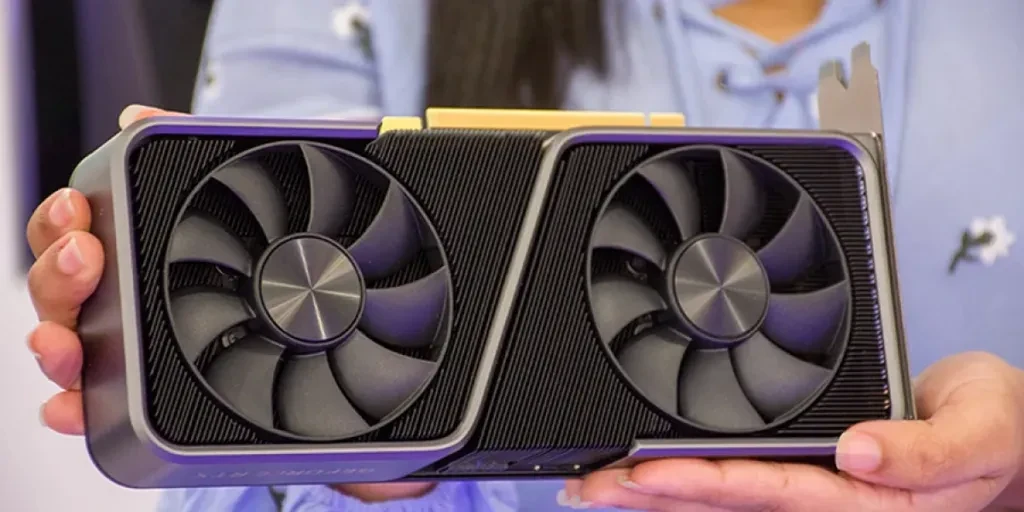Table of Contents
Introduction
Market overview
Key technology and design innovations
Voice assistant and AI integration
Enhanced audio quality
Multi-room audio and connectivity improvements
Cloud-based services and smart home integration
Top-selling models driving market trends
Amazon Echo series
Google Nest and HomePod
Sonos Era and other high-end models
Emerging competitors and budget-friendly options
Conclusion
Introduction
The smart speaker market is expanding swiftly as integrating AI-powered voice assistants and smart home technology becomes a standard expectation. Driven by advances in AI, natural language processing, and enhanced audio quality, smart speakers are evolving into more than voice-command gadgets—they are becoming central control systems for connected living spaces. As consumers seek seamless hands-free experiences, these devices offer functionalities ranging from playing music and providing information to controlling an entire smart home ecosystem. Features like multi-room audio, high-fidelity sound, and offline processing are meeting and reshaping user expectations. Consequently, smart speakers establish themselves as indispensable components in residential and commercial environments.
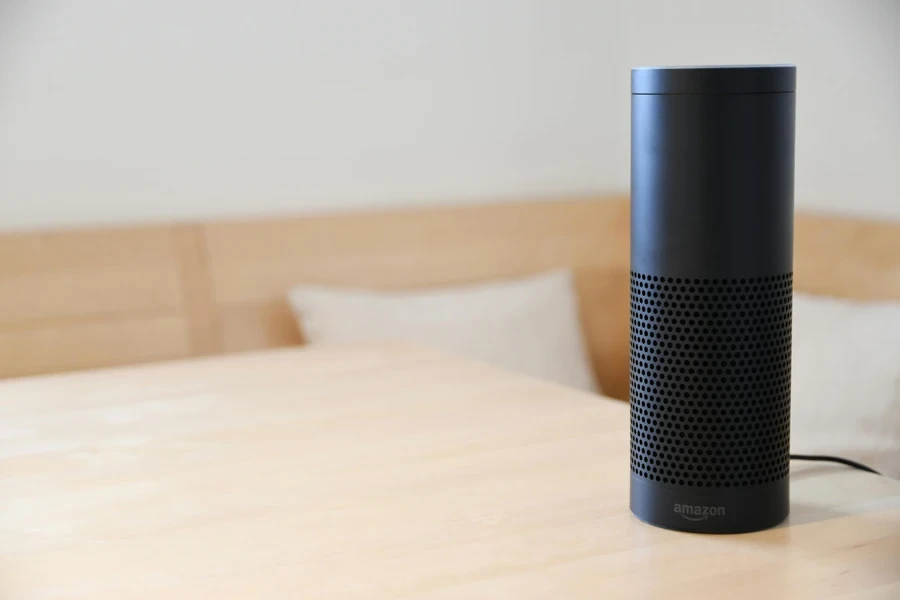
Market overview
The smart speaker market is poised for substantial growth, with projections indicating an increase from $10.93 billion in 2023 to $14.56 billion in 2024, according to The Business Research Company. This surge represents a compound annual growth rate (CAGR) of 33.2%, driven by factors such as the expanding adoption of smart home devices and the integration of advanced voice assistants. The market is expected to grow, reaching $35.59 billion by 2028. Asia-Pacific remains a dominant player, holding 43.13% of the market share in 2023, while regions like North America also show significant growth due to technological advancements and high consumer spending on smart devices.
Despite the market’s growth prospects, data privacy and connectivity challenges persist. In 2024, around 33% of users cited privacy concerns as a significant barrier to adopting smart speakers, particularly due to the potential for sensitive data exposure, as The Business Research Company noted. Additionally, connectivity issues limit the market’s expansion, with some devices facing compatibility challenges, which impact seamless integration into smart home setups. However, the market continues to benefit from a projected 25% CAGR through 2028, supported by ongoing advancements in voice recognition and AI technologies, which aim to address these limitations while enhancing user experience and security.
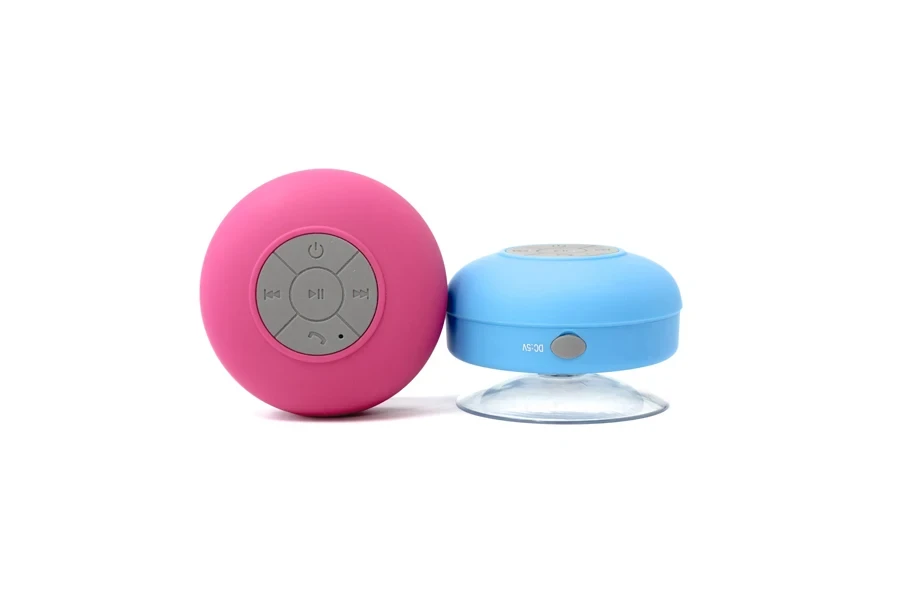
Key technology and design innovations
Technological advancements in smart speakers are shaping the market, with innovations in voice assistant capabilities, audio quality, multi-room functionality, and smart home integration. These developments transform smart speakers from simple voice-controlled devices into versatile hubs for connected living, catering to evolving consumer demands for more sophisticated audio experiences and seamless smart home control.
Voice assistant and AI integration
Voice assistant technologies like Alexa, Google Assistant, and Siri are at the forefront of smart speaker innovations, utilizing natural language processing (NLP) to improve voice recognition and interaction. According to Qualcomm, advancements in NLP allow smart speakers to understand complex commands and support multi-turn conversations, enhancing the user experience. Offline voice processing capabilities are also becoming more prevalent, enabling basic tasks without an internet connection. This development, combined with refined wake word detection and adaptive learning, ensures quicker and more accurate responses to voice commands.
Enhanced audio quality
The demand for superior audio experiences drives the adoption of advanced audio technologies in smart speakers. As noted by Fortune Business Insights, sound quality is a top priority for consumers, with many choosing devices based on audio performance rather than price. Technologies like Dolby Atmos and high-fidelity audio systems are being incorporated into next-generation smart speakers to deliver immersive, spatial sound experiences. Companies like Sonos and Apple focus on multi-directional audio and sound clarity, catering to casual users and audiophiles seeking high-quality listening experiences.
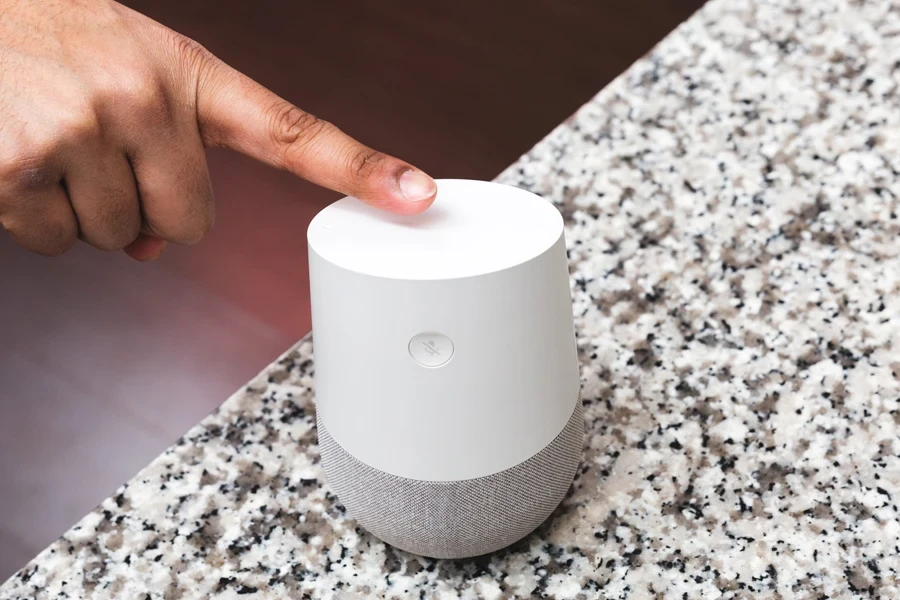
Multi-room audio and connectivity improvements
Multi-room audio functionality is gaining popularity, allowing users to create cohesive audio environments by linking compatible speakers across multiple rooms. Verified Market Reports highlight that this trend is being supported by improvements in connectivity, including Wi-Fi 6 and Bluetooth 5.2, which enable more reliable streaming and higher data transmission speeds. These advancements enhance the quality of audio playback and facilitate seamless integration with other smart home devices, reinforcing smart speakers’ roles as command hubs in connected households.
Cloud-based services and smart home integration
Smart speakers are evolving into central hubs for smart home management, integrating with cloud-based services to control various connected devices. Infineon says these devices are increasingly used to manage smart home systems, including lighting, thermostats, and security features. The integration of cloud services ensures real-time updates and remote control capabilities, allowing users to manage their smart home environments efficiently. As smart speakers become more sophisticated, their utility in smart home automation continues to expand, driving further market growth.

Top-selling models driving market trends
Leading smart speaker models shape market trends by offering unique features, varied pricing, and advanced technologies. Established brands like Amazon, Google, Apple, and Sonos are setting benchmarks in the market. New competitors and affordable options from companies like Xiaomi and Baidu are expanding the appeal of smart speakers across different consumer segments.
Amazon Echo series
The Amazon Echo lineup continues to dominate the smart speaker market with its diverse range of models catering to various user needs. According to Fortune Business Insights, the Echo devices stand out for their competitive pricing, frequent updates, and integration with Alexa’s extensive skills library. The Echo Dot, known for its affordability, is an entry-level option for users who are exploring home capabilities. At the same time, premium models like the Echo Studio offer high-fidelity audio with Dolby Atmos support, appealing to audiophiles. Amazon’s constant addition of new features, such as offline voice processing and Zigbee smart home hub integration, keeps the Echo series relevant and influential in driving market adoption.
Google Nest and HomePod
Google’s Nest Hub and Apple’s HomePod series cater to different user priorities, with Google focusing on broader smart home integration and Apple prioritizing audio quality and ecosystem compatibility. The Nest Hub excels in smart home control with built-in support for Google Assistant and seamless integration with other Google services, including Chromecast and Nest cameras. In contrast, the HomePod mini is designed to deliver a superior audio experience, with features like computational audio and spatial sound, which are enhanced by Siri’s voice recognition capabilities. According to Verified Market Reports, both brands have carved out niches in the market, with the Nest appealing to users who prioritize smart home functions and the HomePod attracting those who value premium sound and design.
Sonos Era and other high-end models
High-end models like the Sonos Era 300 are pushing the boundaries of audio quality in smart speakers. As noted by Qualcomm, the Sonos Era 300 incorporates spatial audio technologies, including Dolby Atmos, to create an immersive listening experience that sets it apart from conventional smart speakers. These features, combined with multi-room audio capabilities and compatibility with major voice assistants, make Sonos a top choice for users seeking high-end audio solutions. Other premium brands, such as Bose and Harman Kardon, also emphasize superior sound quality and advanced audio technologies, targeting the upper segment of the market.
Emerging competitors and budget-friendly options
Emerging brands like Xiaomi and Baidu are expanding the smart speaker market with budget-friendly models offering substantial features at lower prices. According to The Business Research Company, Xiaomi’s IoT strategy leverages its extensive ecosystem of connected devices, positioning its smart speakers as central hubs in smart home networks. Similarly, Baidu’s smart speakers, equipped with its advanced DuerOS AI assistant, are gaining traction in the Chinese market, where voice-activated technology is rapidly expanding. These affordable alternatives are particularly popular in developing regions, where cost-effective solutions drive smart speaker adoption.

Conclusion
The smart speaker market is on track for sustained growth, driven by advancements in AI, audio quality, and smart home integration. As brands innovate with features like spatial audio, offline voice processing, and multi-room functionality, smart speakers evolve from simple voice-activated devices to versatile control hubs. The increasing adoption of smart home technologies and the demand for hands-free convenience further accelerate the market, making these devices an integral part of modern households.
As consumer expectations rise, companies expand their product offerings to cater to different needs, from budget-friendly models in developing regions to premium options featuring high-fidelity sound and advanced connectivity. This expanding variety is not only enhancing accessibility but also reshaping how users interact with their environments. With ongoing technological improvements and a focus on privacy and data security, smart speakers are poised to play an even more significant role in connected lifestyles worldwide.
